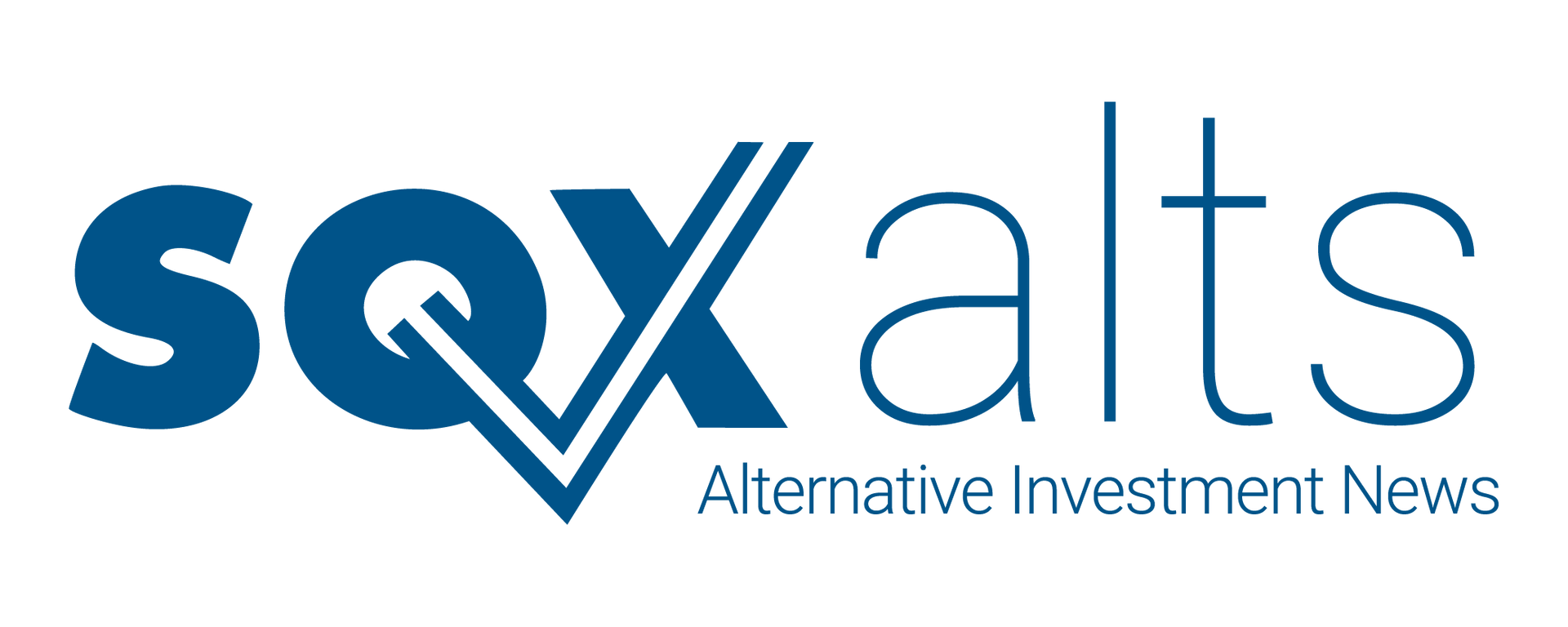Princeton Everest Fund Opens Tender Offer for Shareholders
Investors weighing participation should consider the tax implications and potential impact on fund expenses.
September 24, 2025

The Princeton Everest Fund is opening its latest share repurchase window, giving investors a chance to tender their holdings under specific terms and deadlines. The program is designed to create liquidity for shareholders in a structure where shares do not trade on an open market.
How the offer works
Investors holding Class A, Class I, Class II, or Class L shares can tender some or all of their positions. If only part of an account is submitted, the remaining balance must stay above the minimum required for that share class. If the balance falls short, the fund can either reduce the request or repurchase the account in full.
The deadline to participate is October 21, 2025, at midnight Eastern Time. Valuation will take place on December 31, 2025. Up to 5 percent of fund assets—about $6.98 million based on June 30 numbers—are available for repurchase. If requests exceed that amount, the board can extend the window, accept shares on a pro rata basis, or pursue other options allowed under securities law.
Payments will be made in two stages through promissory notes. Investors receive at least 95 percent of the unaudited value within about 60 days of the valuation date, or after redemption proceeds are collected from underlying investments. The balance is paid once the annual audit closes, typically within 60 days of the March 31 fiscal year-end.
Fund structure and financial impact
As of June 30, 2025, the fund managed roughly $139.7 million in net assets. Net asset values stood at $14.36 for Class A, $15.02 for Class I, $14.63 for Class II, and $14.07 for Class L.
Buying back shares reduces overall assets, which can leave remaining investors with a larger share of fixed expenses. That effect may be offset if new subscriptions are added. Shares acquired through this program will be retired, though the fund can continue issuing new ones privately under Regulation D.
Because there is no secondary market for these securities, the quarterly tender process remains the primary way for investors to access liquidity. Since 2017, the fund has consistently run these offers. Some have been oversubscribed, like in September 2024 when investors submitted more than $8.5 million against a $7.2 million cap. Others have seen minimal demand. The cycle reflects how investor cash needs shift with market conditions.
Tax considerations
Tenders may trigger taxable gains or losses, depending on the investor’s cost basis. For those redeeming all shares, gains or losses are recognized once proceeds exceed or fall short of basis. Partial tenders typically result in gains if proceeds exceed basis, but not in losses. The character of gains—long- or short-term—depends on the holding period.
Additional rules may apply, including treatment of certain receivables, market discount, or holdings in passive foreign investment companies. In some cases, income may be classified as ordinary, and interest may be imputed on promissory notes. Federal backup withholding rules also apply if tax identification information is incomplete. Investors could also face state, local, or foreign tax obligations.
Purpose and outlook
The fund’s stated goal is to give shareholders a clear liquidity path in line with its prospectus. Repurchases may be funded through cash reserves, asset sales, redemptions from underlying funds, or borrowings if authorized. As of now, no borrowings are planned.
The tender process does not mark any change in strategy, management, or structure. The fund’s board continues to oversee operations, and its adviser relationship remains intact. Shares will be retired after purchase, but new ones may be offered privately at the board’s discretion.
Looking ahead, the quarterly offer remains a key feature of the fund’s operations. For investors, it is a scheduled way to exit or rebalance holdings. For the fund, it reflects a commitment to maintaining a disciplined framework for liquidity while continuing its long-term investment approach.
Share
Read More Articles


